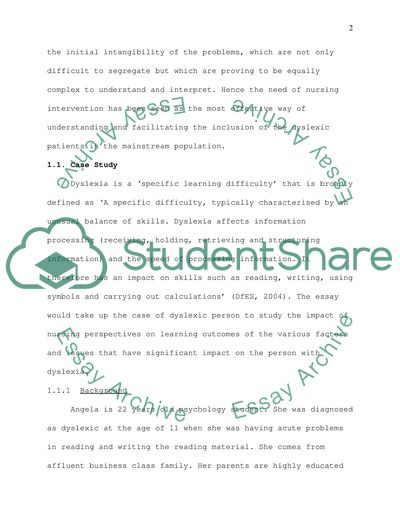Cite this document
(The Social Model of Disabilities in UK Research Paper, n.d.)
The Social Model of Disabilities in UK Research Paper. Retrieved from https://studentshare.org/health-sciences-medicine/1723891-learning-disabilty-dyslexia
The Social Model of Disabilities in UK Research Paper. Retrieved from https://studentshare.org/health-sciences-medicine/1723891-learning-disabilty-dyslexia
(The Social Model of Disabilities in UK Research Paper)
The Social Model of Disabilities in UK Research Paper. https://studentshare.org/health-sciences-medicine/1723891-learning-disabilty-dyslexia.
The Social Model of Disabilities in UK Research Paper. https://studentshare.org/health-sciences-medicine/1723891-learning-disabilty-dyslexia.
“The Social Model of Disabilities in UK Research Paper”, n.d. https://studentshare.org/health-sciences-medicine/1723891-learning-disabilty-dyslexia.


